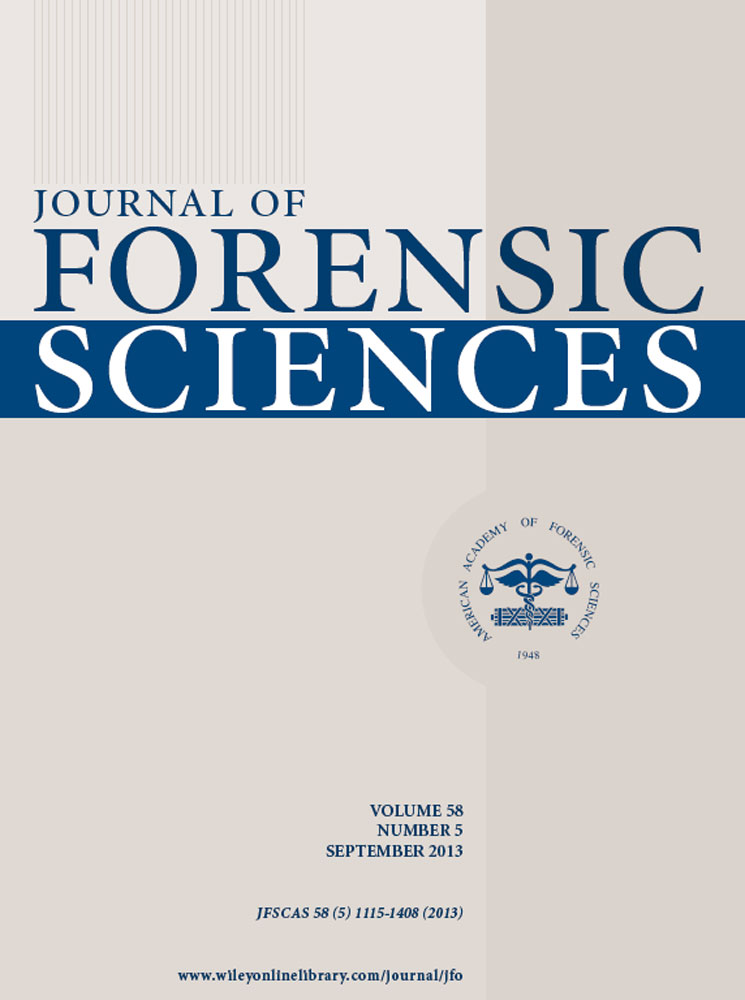Weight References for Burned Human Skeletal Remains from Portuguese Samples†
Funded by the Fundação para a Ciência e Tecnologia (Portugal), Grant No. SFRH/BD/40549/2007.
Abstract
Weight is often one of the few recoverable data when analyzing human cremains but references are still rare, especially for European populations. Mean weights for skeletal remains were thus documented for Portuguese modern cremations of both recently deceased individuals and dry skeletons, and the effect of age, sex, and the intensity of combustion was investigated using both multivariate and univariate statistics. The cremains from fresh cadavers were significantly heavier than the ones from dry skeletons regardless of sex and age cohort (p < 0.001 to p = 0.003). As expected, males were heavier than females and age had a powerful effect in female skeletal weight. The effect of the intensity of combustion in cremains weight was unclear. These weight references may, in some cases, help estimating the minimum number of individuals, the completeness of the skeletal assemblage, and the sex of an unknown individual.




